当前位置:网站首页>Mybaits之多表查询(联合查询、嵌套查询)
Mybaits之多表查询(联合查询、嵌套查询)
2022-07-06 23:34:00 【PIKapikaaaa】
多表联合查询
(一) 多表联合查询概述
在开发过程中单表查询不能满足项目需求分析功能,对于复杂业务来讲,关联的表有几张,甚至几十张并且表与表之间的关系相当复杂。为了能够实业复杂功能业务,就必须进行多表查询,在mybatis中提供了多表查询的结果时映射标签,可以实现表之间的一对一、一对多、多对一、多对多关系映射。
(二) MyBatis多表查询之一对一
1. 构建数据库表:person(个人表) IdCard(身份证表)
#person表 CREATE TABLE person( p_id INT NOT NULL AUTO_INCREMENT, p_name VARCHAR(30), PRIMARY KEY(p_id) ); #IdCard表 CREATE TABLE idcard( c_id INT NOT NULL AUTO_INCREMENT, c_cardno VARCHAR(18), c_uselife DATE, c_person_id INT NOT NULL, PRIMARY KEY(c_id), FOREIGN KEY(c_person_id) REFERENCES person(p_id), UNIQUE KEY(c_cardno), UNIQUE KEY(c_person_id) ); INSERT INTO person(p_name) VALUES('张三'),('李四'); INSERT INTO idcard(c_cardno,c_uselife,c_person_id) VALUES('110112199012127821','2029-10-10',1); INSERT INTO idcard(c_cardno,c_uselife,c_person_id) VALUES('120114199911103491','2030-12-01',2);
2.准备项目环境
1) 构建maven项目,添加依赖
<dependencies> <dependency> <groupId>org.mybatis</groupId> <artifactId>mybatis</artifactId> <version>3.4.6</version> </dependency> <dependency> <groupId>mysql</groupId> <artifactId>mysql-connector-java</artifactId> <version>5.1.47</version> <scope>runtime</scope> </dependency> <dependency> <groupId>junit</groupId> <artifactId>junit</artifactId> <version>4.12</version> <scope>test</scope> </dependency> <dependency> <groupId>log4j</groupId> <artifactId>log4j</artifactId> <version>1.2.17</version> </dependency> </dependencies>
2)编写框架配置文件sqlMapConfig.xml
<?xml version="1.0" encoding="UTF-8"?> <!DOCTYPE configuration PUBLIC "-//mybatis.org//DTD Config 3.0//EN" "http://mybatis.org/dtd/mybatis-3-config.dtd"> <configuration> <!-- 配置 mybatis的环境 --> <environments default="development"> <!-- 配置环境 --> <environment id="development"> <!-- 配置事务的类型 --> <transactionManager type="JDBC"></transactionManager> <!-- 配置连接数据库的信息:用的是数据源【连接池】--> <dataSource type="POOLED"> <property name="driver" value="com.mysql.jdbc.Driver"/> <property name="url" value="jdbc:mysql://localhost:3306/mybatis002"/> <property name="username" value="root"/> <property name="password" value="root"/> </dataSource> </environment> </environments> <mappers> <package name="cn.offcn.dao"></package> </mappers </configuration>
3.方式一:嵌套结果方式
1)创建数据模型Person对象,IdCard对象
public class Person { private Integer id; private String name; private Idcard idcard; } public class Idcard { private Integer id; private String cardno; private Date uselife; }
2)定义持久层接口PersonMapper
public interface PersonDao{ /** * 根据id查询person对象 */ Person getPersonById1(int i); }
3)定义 PersonMapper.xml 文件中的查询配置信息
<resultMap id="BaseResultMap" type="Person"> <id column="p_id" property="id"></id> <result column="p_name" property="name"></result> </resultMap> <resultMap id="PersonResultMap1" type="Person" extends="BaseResultMap"> <association property="idcard" javaType="Idcard"> <id column="c_id" property="id"></id> <result column="c_cardno" property="cardno"></result> <result column="c_uselife" property="uselife"></result> </association> </resultMap> <!-- 根据部门id查找部门 以及所在部门所有员工的所有信息【嵌套结果查询,联合查询】 --> <select id="getPersonById1" parameterType="int" resultType="Person" resultMap="PersonResultMap1"> select p.*,c.* from person p,idcard c where p.p_id=c.c_person_id and p.p_id=#{id} </select>
4)创建 PersonTest 测试类
@Test // 根据人的id查询人与信息 和 身份证信息 【嵌套结果查询,连表查询】 public void getPersonById1(){ SqlSession session = MyBatisUtils.getSession(); PersonMapper mapper = session.getMapper(PersonMapper.class); Person person = mapper.getPersonById1(1); // 输出 System.out.println(person); System.out.println(person.getIdcard().toString()); MyBatisUtils.close(session); }
4.方式二:嵌套查询方式
1)创建数据模型Person对象,IdCard对象
public class Person { private Integer id; private String name; private Idcard idcard; } public class Idcard { private Integer id; private String cardno; private Date uselife; }
2)定义持久层接口PersonMapper
public interface IdCardDao{
/** * 根据c_person_id查询IdCard对象 */
Person getPersonById2(int i);
}
3)定义 PersonMapper.xml 文件中的查询配置信息
<!-- 根据人的id查询人与信息 和 身份证信息 【嵌套查询,分表查询】 --> <select id="getPersonById2" parameterType="int" resultType="Person" resultMap="PersonResultMap2"> select * from person where p_id=#{id} </select> <resultMap id="BaseResultMap" type="Person"> <id column="p_id" property="id"></id> <result column="p_name" property="name"></result> </resultMap> <resultMap id="PersonResultMap2" type="Person" extends="BaseResultMap"> <association property="idcard" javaType="Idcard" column="p_id" select="com.chenshuang.mapper.IdcardMapper.getIdcardById"> </association> </resultMap>
4)定义持久层接口IdcardMapper
public interface IdcardMapper { Idcard getIdcardById(int id); }
5)定义 IdcardMapper.xml 文件中的查询配置信息
<mapper namespace="com.chenshuang.mapper.IdcardMapper"> <resultMap id="BaseResultMap" type="Idcard"> <id column="c_id" property="id"></id> <result column="c_cardno" property="cardno"></result> <result column="c_uselife" property="uselife"></result> </resultMap> <select id="getIdcardById" parameterType="int" resultType="Idcard" resultMap="BaseResultMap"> select * from idcard where c_id=#{id} </select> </mapper>
6)PersonTest 类中加入测试方法
@Test // 根据人的id查询人与信息 和 身份证信息 【嵌套查询,分表查询】 public void getPersonById2(){ SqlSession session = MyBatisUtils.getSession(); PersonMapper mapper = session.getMapper(PersonMapper.class); Person person = mapper.getPersonById2(1); System.out.println(person); System.out.println(person.getIdcard().toString()); MyBatisUtils.close(session); }
(三) MyBatis实现一对多查询
1.创建数据库表:department(部门表),employee(员工表)同时设定部门和员工表的关系
CREATE TABLE department( d_id INT NOT NULL AUTO_INCREMENT, d_name VARCHAR(100), PRIMARY KEY(d_id) ); CREATE TABLE employee( e_id INT NOT NULL AUTO_INCREMENT, e_name VARCHAR(30), e_gender VARCHAR(6), e_age INT, e_depart_id INT, PRIMARY KEY(e_id), FOREIGN KEY(e_depart_id) REFERENCES department(d_id) );
2.方式一:嵌套结果,连表查询的方式
1)创建数据模型department和employee
public class Department { private Integer id; private String name; private List<Employee> employees; } public class Employee { private Integer id; private String name; private String gender; private Integer age; private Department depart; }
2)部门持久层DepartmentMapper 接口中加入查询方法
public interface DepartmentMapper { Department getDepartmentById1(int id); Department getDepartmentById2(int id); }
3)部门持久层 DepartmentMapper.xml 映射文件配置
<?xml version="1.0" encoding="UTF-8" ?> <!DOCTYPE mapper PUBLIC "-//mybatis.org//DTD Mapper 3.0//EN" "http://mybatis.org/dtd/mybatis-3-mapper.dtd"> <mapper namespace="cn.offcn.mapper.DepartmentDao"> <select id="getDepartmentById" resultMap="DepartemntResultMap2"> SELECT d.*,e.* FROM department d, employee e WHERE e.e_depart_id=d.d_id AND d.d_id=#{id} </select> <resultMap id="DepartemntResultMap" type="Department"> <id column="d_id" property="id"></id> <result column="d_name" property="name"></result> <collection property="emps" ofType="Employee"> <id column="e_id" property="id"></id> <result column="e_name" property="name"></result> <result column="e_gender" property="gender"></result> <result column="e_age" property="age"></result> </collection> </resultMap> collection:当属性为集合时,使用collection标签进行映射。
4)测试方法
@Test
public void testGetDepartentById() throws Exception{
//获取SqlSession对象
SqlSession session = MyBatisUtils.getSession();
//调用SqlSession 创建 UserDao接口的代理对象
DepartmentDao departmentDao = session.getMapper(DepartmentDao.class);
Department dept=departmentDao.getDepartentById(1);
//打印
System.out.println(dept);
//提交事务
session.commit();
//关闭连接
MyBatisUtils.close(session);
}
3.方式二:嵌套查询,分表查询的方式
1)定义员工的持久层接口EmployeeMapper
public interface EmployeeDao { public List<Employee> getEmployeeByDepartId(int id); }
2)定义DepartmentMapper.xml 文件中的查询配置信息
<select id="getEmployeeByDepartId" resultType="Employee"> select e_id id,e_name name,e_gender gender,e_age age from employee where e_depart_id=#{ id} </select>
3)定义DepartmentMapper.xml配置文件
<select id="getDepartmentById" resultMap="DepartemntResultMap"> select * from department where d_id=#{id} </select> <resultMap id="DepartemntResultMap" type="Department"> <id column="d_id" property="id"></id> <result column="d_name" property="name"></result> <collection property="emps" ofType="Employee" column="d_id" select="cn.offcn.mapper.EmployeeMapper.getEmployeeByDepartId"> </collection> </resultMap> 此处变为单表查询,使分表查询方式进行查询。
4)定义 EmployeeMapper.xml 文件中的查询配置信息
public interface EmployeeMapper {
List<Employee> getEmployeeById(int i);
}
5)定义 EmployeeMapper.xml 配置文件
<resultMap id="BaseResultMap" type="employee">
<id column="e_id" property="id"></id>
<result column="e_name" property="name"></result>
<result column="e_gender" property="gender"></result>
<result column="e_age" property="age"></result>
</resultMap>
<!-- property 设置本类型中的复杂属性 javaType 复杂数据的数据类型 column 表示取sql结果集中的 指定字段 select 表示调查的查询 如果本次查询和调查的查询没有在同一个命令空间中,调用时候一定要加命名空间 -->
<resultMap id="EmployeeResultMap1" type="employee" extends="BaseResultMap">
<association property="depart" javaType="Department" column="e_depart_id" select="com.chenshuang.mapper.DepartmentMapper.getDepartmentById"></association>
</resultMap>
<!-- 根据员工id查找员工以及所在部门的所有信息【嵌套查询,分表查询】-->
<select id="getEmployeeById2" parameterType="int" resultType="Employee" resultMap="EmployeeResultMap1">
select * from employee where e_id=#{id}
</select>
6)测试方法
@Test public void testGetDepartentById() throws Exception{ //获取SqlSession对象 SqlSession session = MyBatisUtils.getSession(); //调用SqlSession 创建 UserDao接口的代理对象 DepartmentDao departmentDao = session.getMapper(DepartmentDao.class); Department dept=departmentDao.getDepartentById(1); //打印 System.out.println(dept); //提交事务 session.commit(); //关闭连接 MyBatisUtils.close(session); }
(四) MyBatis实现多对一查询
1.创建数据库表:department(部门表),employee(员工表)同时设定部门和员工表的关系
CREATE TABLE department( d_id INT NOT NULL AUTO_INCREMENT, d_name VARCHAR(100), PRIMARY KEY(d_id) ); CREATE TABLE employee( e_id INT NOT NULL AUTO_INCREMENT, e_name VARCHAR(30), e_gender VARCHAR(6), e_age INT, e_depart_id INT, PRIMARY KEY(e_id), FOREIGN KEY(e_depart_id) REFERENCES department(d_id) );
2.方式一:嵌套结果,连表查询的方式
1)创建数据模型department和employee
public class Department { private Integer id; private String name; private List<Employee> employees; } public class Employee { private Integer id; private String name; private String gender; private Integer age; private Department depart; }
2)员工持久层EmployeeMapper接口中加入查询方法
public interface EmployeeMapper { Employee getEmployeeById1(int i); }
3)部门持久层 EmployeeMapper.xml映射文件配置
<resultMap id="BaseResultMap" type="employee"> <id column="e_id" property="id"></id> <result column="e_name" property="name"></result> <result column="e_gender" property="gender"></result> <result column="e_age" property="age"></result> </resultMap> <!-- property 设置本类型中的复杂属性 javaType 复杂数据的数据类型 --> <resultMap id="EmployeeResultMap" type="employee" extends="BaseResultMap"> <association property="depart" javaType="Department"> <id column="d_id" property="id"></id> <result column="d_name" property="name"></result> </association> </resultMap> <!-- 根据员工id查找员工以及所在部门的所有信息【嵌套结果查询,联合查询】 --> <select id="getEmployeeById1" parameterType="int" resultType="Employee" resultMap="EmployeeResultMap"> SELECT e.*,d.* from employee e,department d WHERE e.e_depart_id = d.d_id AND e.e_id=#{id} </select>
4)测试方法
@Test
// 根据员工id查找员工以及所在部门的所有信息【嵌套结果查询,联合查询】
public void getEmployeeById1(){
SqlSession session = MyBatisUtils.getSession();
EmployeeMapper mapper = session.getMapper(EmployeeMapper.class);
Employee employee = mapper.getEmployeeById1(1);
System.out.println(employee.toString()+"部门---:"+employee.getDepart().toString());
MyBatisUtils.close(session);
}
3.方式二:嵌套查询,分表查询的方式
1)定义员工的持久层接口DepartmentMapper
public interface DepartmentMapper { Department getDepartmentById(int id); }
2)员工持久层EmployeeMapper接口中加入查询方法
public interface EmployeeMapper { Employee getEmployeeById2(int i); List<Employee> getEmployeeById(int i); }
3)定义EmployeeMapper.xml配置文件
<resultMap id="BaseResultMap" type="employee"> <id column="e_id" property="id"></id> <result column="e_name" property="name"></result> <result column="e_gender" property="gender"></result> <result column="e_age" property="age"></result> </resultMap> <!-- property 设置本类型中的复杂属性 javaType 复杂数据的数据类型 column 表示取sql结果集中的 指定字段 select 表示调查的查询 如果本次查询和调查的查询没有在同一个命令空间中,调用时候一定要加命名空间 --> <resultMap id="EmployeeResultMap1" type="employee" extends="BaseResultMap"> <association property="depart" javaType="Department" column="e_depart_id" select="com.chenshuang.mapper.DepartmentMapper.getDepartmentById"></association> </resultMap> <!-- 根据员工id查找员工以及所在部门的所有信息【嵌套查询,分表查询】--> <select id="getEmployeeById2" parameterType="int" resultType="Employee" resultMap="EmployeeResultMap1"> select * from employee where e_id=#{id} </select>
4)定义 DepartmentMapper文件中的查询配置信息
public interface DepartmentMapper {
Department getDepartmentById(int id);
}
5)定义DepartmentMapper.xml 配置文件
<resultMap id="BaseResultMap" type="Department">
<id column="d_id" property="id"></id>
<result column="d_name" property="name"></result>
</resultMap>
<select id="getDepartmentById" parameterType="int" resultType="Department" resultMap="BaseResultMap">
select * from department where d_id=#{id}
</select>
6)测试方法
@Test // 根据员工id查找员工以及所在部门的所有信息【嵌套查询,分表查询】 public void getEmployeeById2(){ SqlSession session = MyBatisUtils.getSession(); EmployeeMapper mapper = session.getMapper(EmployeeMapper.class); Employee employee = mapper.getEmployeeById2(1); System.out.println(employee.toString()+"部门---:"+employee.getDepart().toString()); MyBatisUtils.close(session); }
(五) MyBatis实现多对多查询
1.创建数据库表:student(学生表),teacher(教师表) 同时设定教师和学生表的关系 多对多
CREATE TABLE teacher( t_id INT NOT NULL auto_increment, t_name VARCHAR(30), PRIMARY KEY(t_id) ); create TABLE student_teacher( st_sid INT not NULL, st_tid INT NOT NULL, PRIMARY KEY(st_sid,st_tid), FOREIGN KEY(st_sid) REFERENCES student(s_id), FOREIGN KEY(st_tid) REFERENCES teacher(t_id) );
2.方式一:嵌套结果,连表查询的方式
1)创建数据模型Teacher和 Student 和 中间类 studentTeacher
public class Student { private Integer id; private String name; private String gender; private Integer age; private String birthday; private List<StudentTeacher> studentTeachers; } public class Teacher { private Integer id; private String name; private List<StudentTeacher> studentTeachers; } public class StudentTeacher { private Integer sid; private Integer tid; private Student student; private Teacher teacher; }
2)学生持久层StudentMapper接口中加入查询方法
public interface StudentMapper { Student getStudentById1(int i); }
3)学生持久层StudentMapper.xml映射文件配置
<!-- 根据学生id查 学生信息 和老师的信息 【嵌套结果查询,联合查询】 --> <select id="getStudentById1" parameterType="int" resultType="Student" resultMap="StudentResultMap1"> SELECT s.*,t.*,st.* FROM student s,teacher t,student_teacher st where s.id=st.st_sid AND t.t_id=st.st_tid AND s.id=#{id} </select> <resultMap id="StudentResultMap1" type="Student"> <id column="id" property="id"></id> <result column="name" property="name"></result> <result column="gender" property="gender"></result> <result column="age" property="age"></result> <result column="s_birthday" property="birthday"></result> <collection property="studentTeachers" ofType="StudentTeacher" > <result column="st_sid" property="sid"></result> <result column="st_tid" property="tid"></result> <association property="teacher" javaType="Teacher"> <id column="t_id" property="id"></id> <result column="t_name" property="name"></result> </association> </collection> </resultMap>
4)测试方法
@Test
// 根据学生id查 学生信息 和老师的信息 【嵌套结果查询,联合查询】
public void getStudentById1(){
SqlSession session = MyBatisUtils.getSession();
StudentMapper mapper = session.getMapper(StudentMapper.class);
Student student = mapper.getStudentById1(3);
System.out.println("========= 输出: ==================");
System.out.println(student);
int i=1;
for (StudentTeacher st : student.getStudentTeachers()) {
System.out.println("老师"+i+":"+st.getTeacher().getName());
i++;
}
System.out.println("=====================================");
MyBatisUtils.close(session);
}
3.方式二:嵌套查询,分表查询的方式
1)创建数据模型Teacher和 Student 和 中间类 studentTeacher
public class Student { private Integer id; private String name; private String gender; private Integer age; private String birthday; private List<StudentTeacher> studentTeachers; } public class Teacher { private Integer id; private String name; private List<StudentTeacher> studentTeachers; } public class StudentTeacher { private Integer sid; private Integer tid; private Student student; private Teacher teacher; }
2)学生持久层StudentMapper接口中加入查询方法
public interface StudentMapper { Student getStudentById2(int i); }
3)定义StudentMapper.xml配置文件
<!-- 根据学生id查 学生信息 和老师的信息 【嵌套查询,分表查询】 --> <select id="getStudentById2" parameterType="int" resultType="Student" resultMap="StudentResultMap2"> select * from student where id=#{id} </select> <resultMap id="BaseResultMap" type="Student"> <id column="id" property="id"></id> <result column="name" property="name"></result> <result column="gender" property="gender"></result> <result column="age" property="age"></result> <result column="s_birthday" property="birthday"></result> </resultMap> <resultMap id="StudentResultMap2" type="Student" extends="BaseResultMap"> <collection property="studentTeachers" ofType="StudentTeacher" column="id" select="com.chenshuang.mapper.StudentTeacherMapper.getStudentTeacherBySid"></collection> </resultMap>
4)定义 StudentTeacherMapper文件中的查询配置信息
public interface StudentTeacherMapper {
StudentTeacher getStudentTeacherBySid(int sid);
}
5)定义StudentTeacherMapper.xml 配置文件
<resultMap id="BaseResultMap" type="StudentTeacher">
<result column="st_sid" property="sid"></result>
<result column="st_tid" property="tid"></result>
</resultMap>
<resultMap id="StudentTeacherResultMap" type="StudentTeacher" extends="BaseResultMap">
<association property="teacher" javaType="Teacher" column="st_tid" select="com.chenshuang.mapper.TeacherMapper.getTeacherById">
</association>
</resultMap>
<select id="getStudentTeacherBySid" parameterType="int" resultType="StudentTeacher" resultMap="StudentTeacherResultMap">
select * from student_teacher where st_sid=#{id}
</select>
6)定义 TeacherMapper文件中的查询配置信息
public interface TeacherMapper {
Teacher getTeacherById(int id);
}
7)定义 TeacherMapper.xml 配置文件
<resultMap id="BaseResultMap" type="Teacher">
<id column="t_id" property="id"></id>
<result column="t_name" property="name"></result>
</resultMap>
<select id="getTeacherById" resultType="Teacher" parameterType="int" resultMap="BaseResultMap">
select * from teacher where t_id=#{id}
</select>
6)测试方法
@Test // 根据学生id查 学生信息 和老师的信息 【嵌套查询,分表查询】 public void getStudentById2(){ SqlSession session = MyBatisUtils.getSession(); StudentMapper mapper = session.getMapper(StudentMapper.class); Student student = mapper.getStudentById2(3); System.out.println("========= 输出: =================="); System.out.println(student); int i=1; for (StudentTeacher st : student.getStudentTeachers()) { System.out.println("老师"+i+":"+st.getTeacher().getName()); i++; } System.out.println("====================================="); MyBatisUtils.close(session); }
边栏推荐
- 利用OPNET进行网络任意源组播(ASM)仿真的设计、配置及注意点
- 做自媒体,有哪些免费下载视频剪辑素材的网站?
- JHOK-ZBL1漏电继电器
- Simulate thread communication
- The sooner you understand the four rules of life, the more blessed you will be
- How can professional people find background music materials when doing we media video clips?
- Longest common subsequence (LCS) (dynamic programming, recursive)
- Array initialization of local variables
- Auto. JS get all app names of mobile phones
- 利用OPNET进行网络仿真时网络层协议(以QoS为例)的使用、配置及注意点
猜你喜欢

照片选择器CollectionView
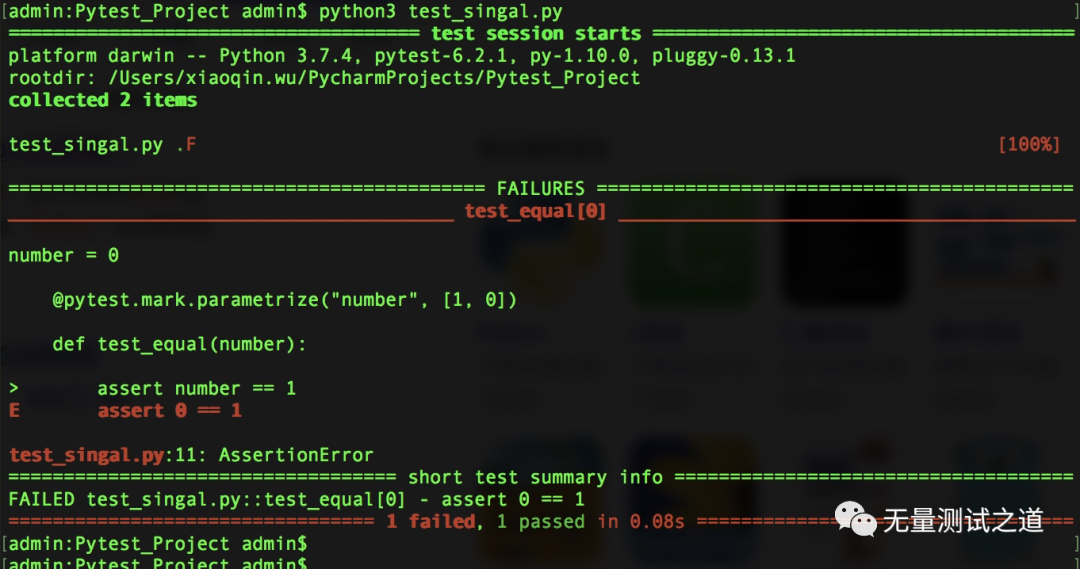
Pytest testing framework -- data driven
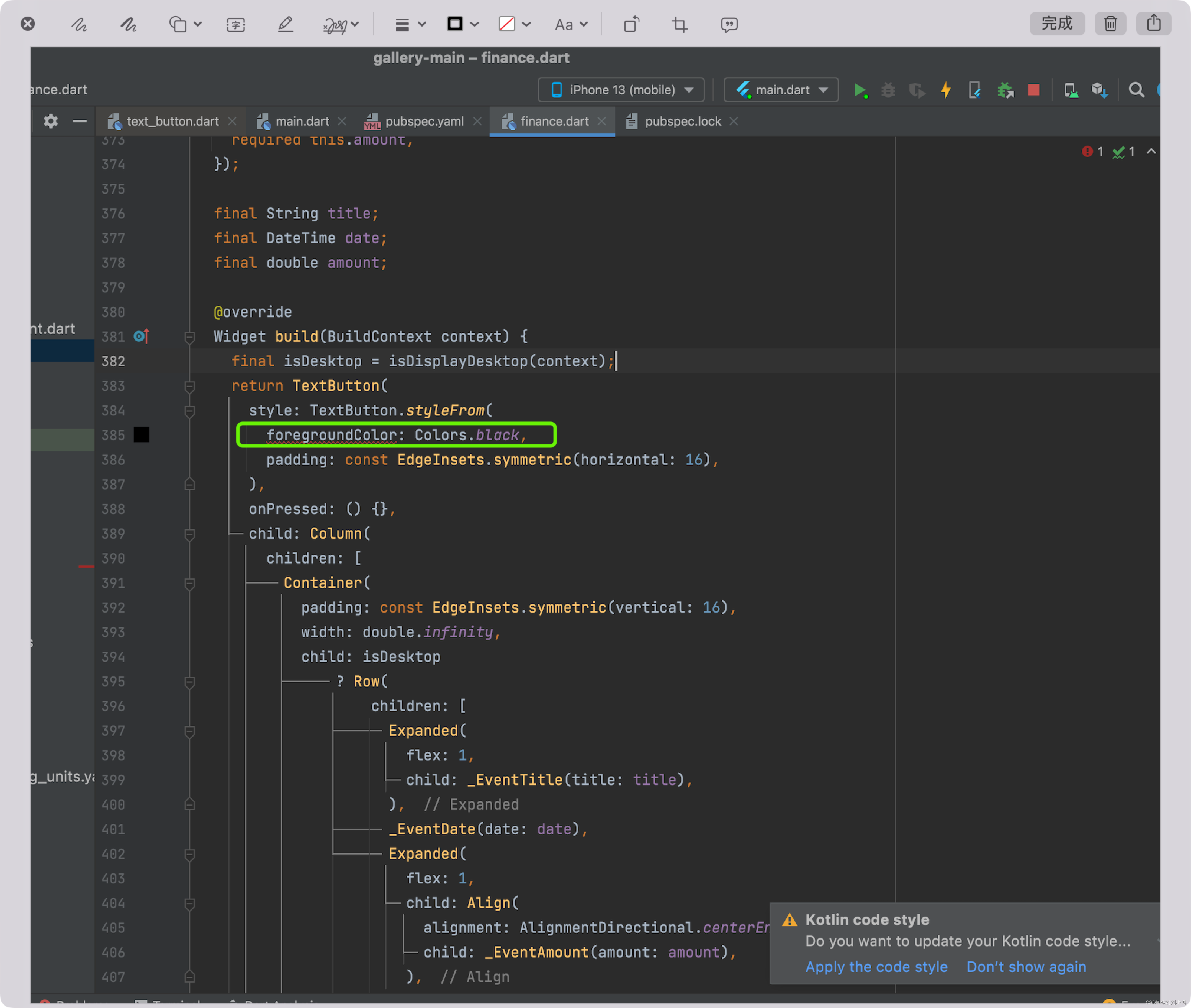
Error: No named parameter with the name ‘foregroundColor‘
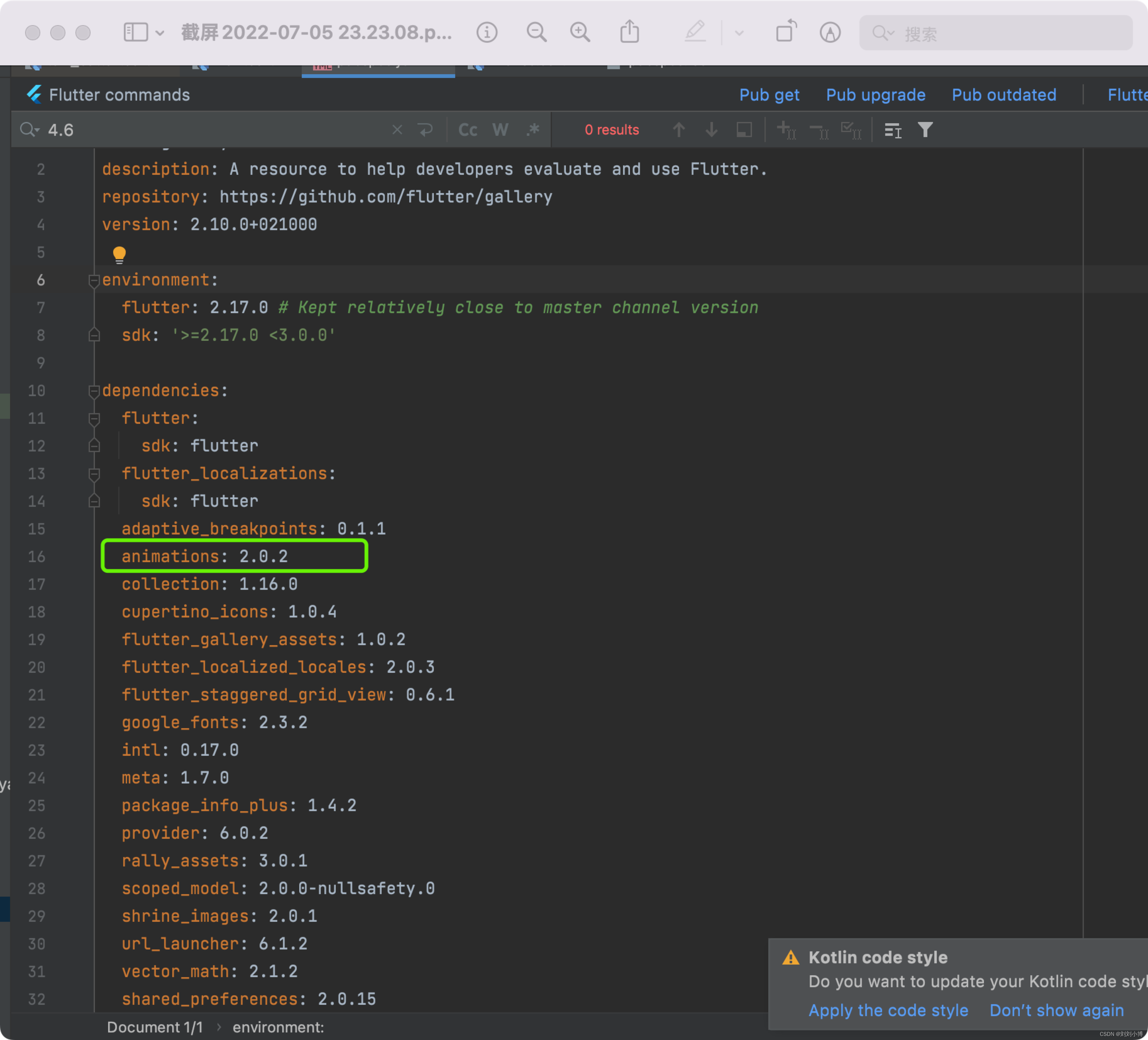
Operand of null-aware operation ‘!‘ has type ‘SchedulerBinding‘ which excludes null.
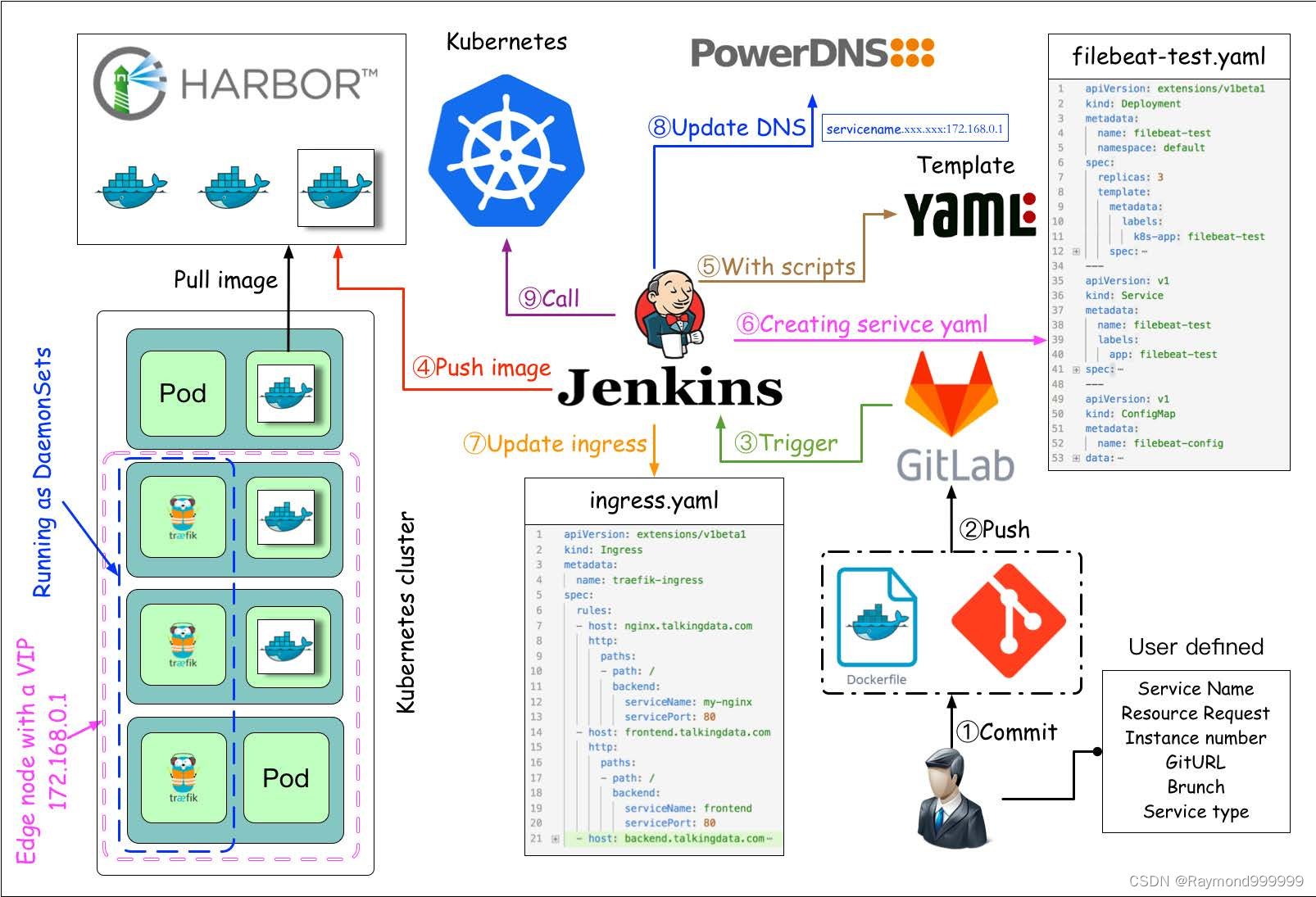
y58.第三章 Kubernetes从入门到精通 -- 持续集成与部署(三一)
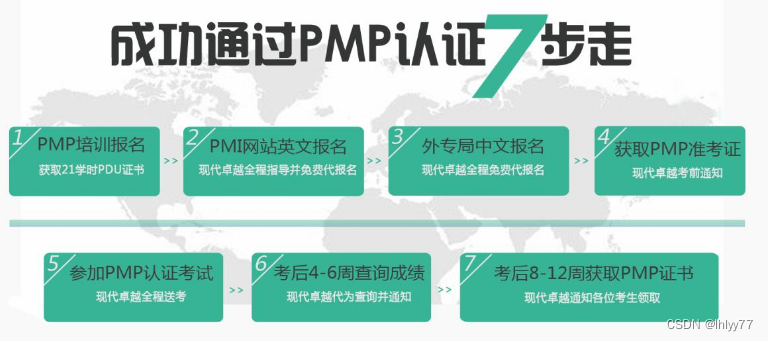
拿到PMP认证带来什么改变?
![[opencv] image morphological operation opencv marks the positions of different connected domains](/img/c3/f437bad9432dedbbb14c8a62ba5180.png)
[opencv] image morphological operation opencv marks the positions of different connected domains
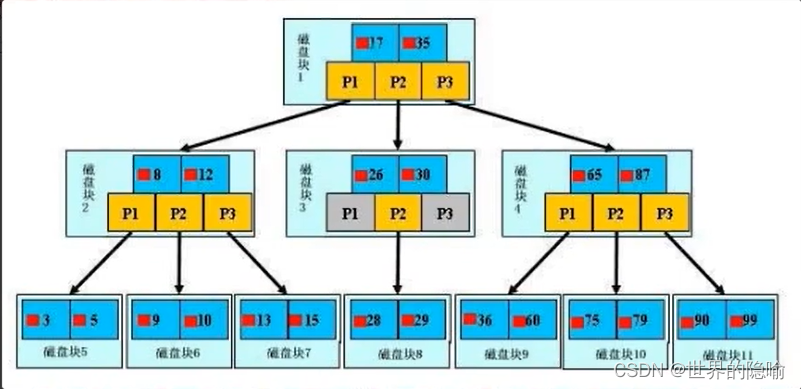
MySQL数据库学习(8) -- mysql 内容补充
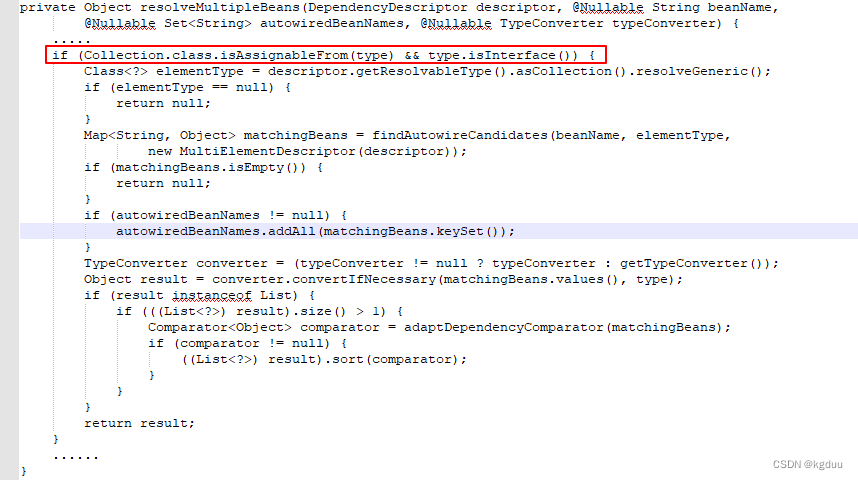
Phenomenon analysis when Autowired annotation is used for list
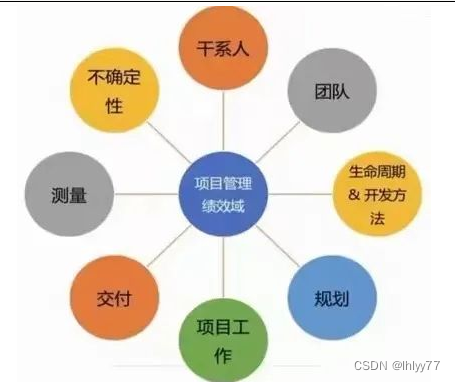
Is it necessary to renew the PMP certificate?
随机推荐
Dbsync adds support for mongodb and ES
高压漏电继电器BLD-20
[Oracle] simple date and time formatting and sorting problem
Window scheduled tasks
[question] Compilation Principle
精彩速递|腾讯云数据库6月刊
Batch size setting skills
Longest palindrome substring (dynamic programming)
JVM(十九) -- 字节码与类的加载(四) -- 再谈类的加载器
AIDL 与Service
《2》 Label
Annotation初体验
数字化如何影响工作流程自动化
线程同步的两个方法
NPDP产品经理认证,到底是何方神圣?
QSlider of QT control style series (I)
Redis如何实现多可用区?
Addressable pre Download
全链路压测:影子库与影子表之争
痛心啊 收到教训了